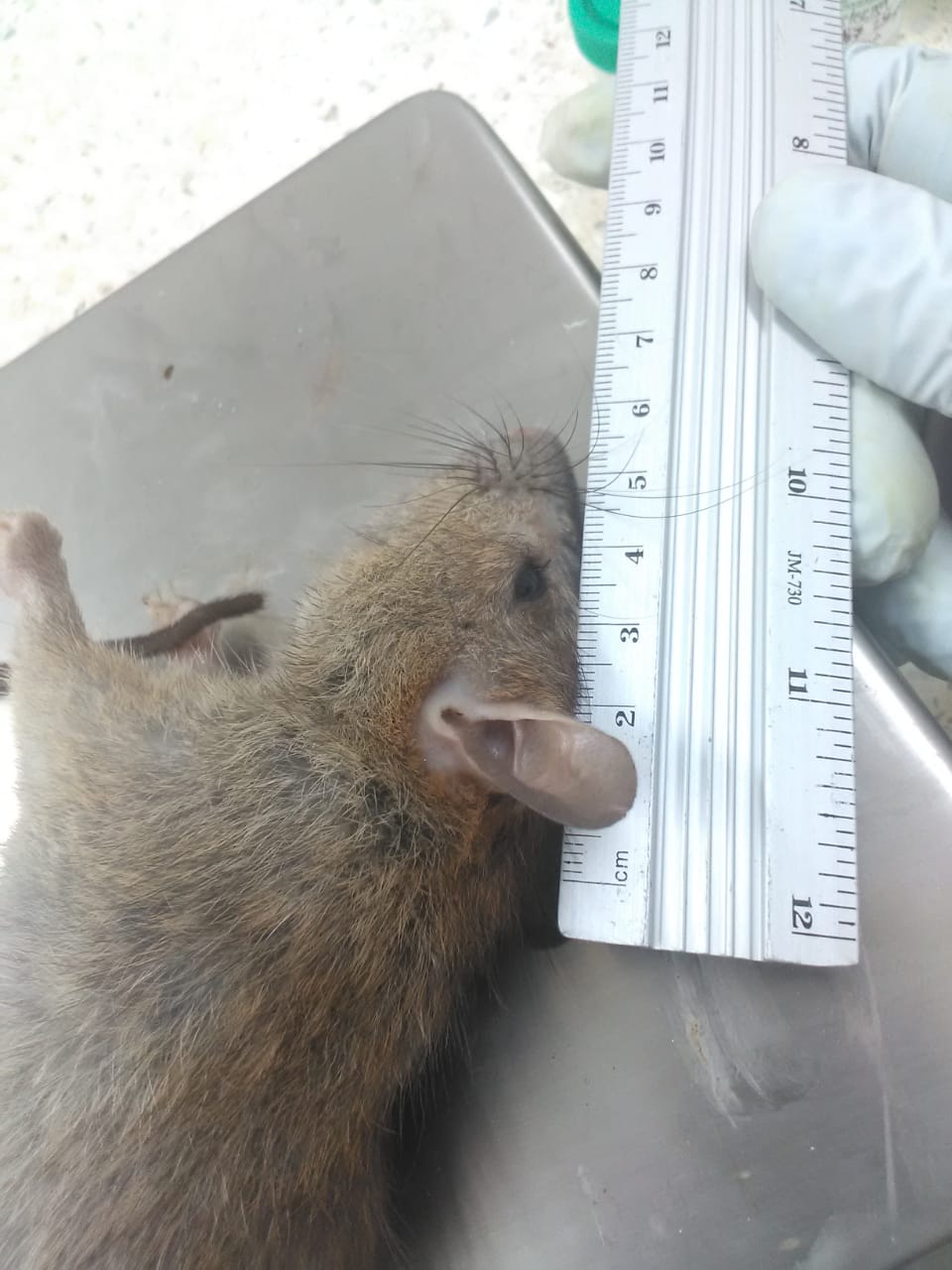Frequency of gastrointestinal helminths in synanthropic rodents captured in the Barranquilla Zoo
Frecuencia de helmintos gastrointestinales en roedores sinantrópicos capturados en el Zoológico de Barranquilla

Show authors biography
Objective: the aim of this work was to determine the prevalence and characterization of gastrointestinal parasites in synanthropic rodents at the Barranquilla Zoo. Methodology: the rodents were captured in 55 sampling locations with Tomahawk traps using non-toxic baits. Gastrointestinal parasites were evaluated through direct examination, flotation, and sedimentation. Results: Among 34 rodents (Rattus rattus) captured, 82.4% (28/34) were positive for endoparasites. Nematodes (31/49) were the most common parasite, followed by protozoa (10/49) and cestodes (8/49). Regarding nematodes, Strongylidae (24/31) was the most frequently family found, followed by Ascarididae (4/31), Ancylostomatidae (1/31), Oxyuridae (1/31) and Trichostrongylidae (1/31); for protozoa were Eimeriidae (6/10) and Entamoebidae (4/10), while for cestodes was the Hymenolepididae (8/8) family. Conclusion: R. rattus was the only species of synanthropic rat found at the Barranquilla Zoo, with the ability to be infect with several species of gastrointestinal parasites, which represent a risk of infection towards animals and humans.
Article visits 1075 | PDF visits























